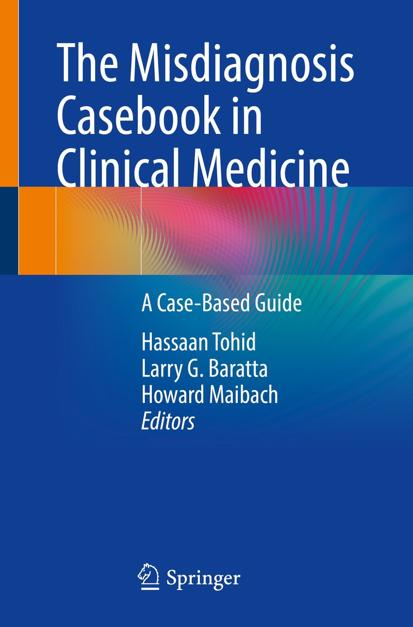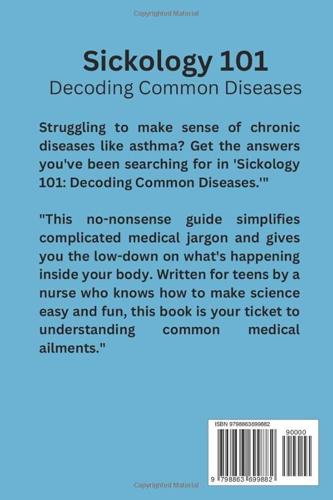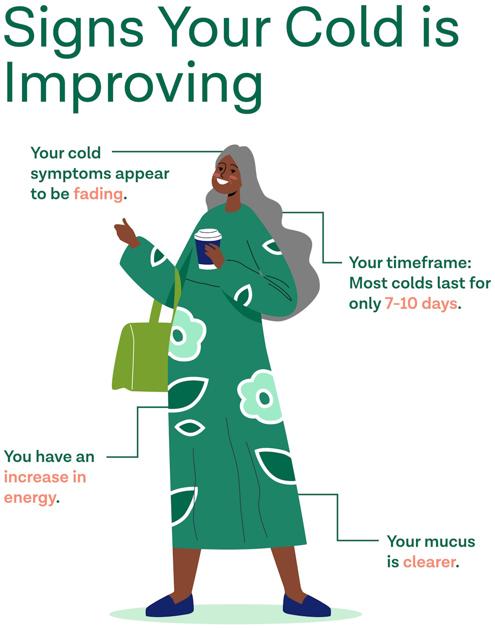Understanding Ailments: A Guide to Common Misdiagnoses
Understanding Ailments: A Comprehensive Guide to Common Misdiagnoses

Frequently Asked Questions
Some of the most commonly misdiagnosed ailments include Lyme disease, fibromyalgia, thyroid disorders, multiple sclerosis, and depression. Symptoms may overlap with other conditions, leading to confusion.
Patients can reduce the risk of misdiagnosis by maintaining a detailed medical history, clearly communicating their symptoms, asking questions, and seeking a second opinion when in doubt.
Step by Step Guide
1
Recognizing the Importance of Accurate Diagnosis
Accurate diagnosis is crucial in medicine as it determines the appropriate treatment plan. Misdiagnoses can lead to ineffective treatments and prolonged suffering.
2
Common Ailments Frequently Misdiagnosed
Various common ailments can often be confused with other conditions. For instance, Lyme disease may mimic flu-like symptoms, and fibromyalgia is sometimes misdiagnosed as arthritis.
3
Understanding Symptoms
Different symptoms can indicate multiple ailments. A detailed understanding of symptoms helps patients communicate effectively with healthcare providers.
4
The Role of Medical History
A thorough medical history can aid in avoiding misdiagnoses. Past illnesses, family health history, and lifestyle factors all contribute significantly to accurate diagnosis.
5
Importance of Diagnostic Tests
Diagnostic tests, such as blood tests or imaging studies, are essential tools for confirming diagnoses. Misinterpreting these tests may lead to misdiagnosis.
6
Educating Your Healthcare Provider
Patients should actively participate in their healthcare, discussing their symptoms and concerns openly with their doctors to help guide the diagnostic process.
7
When to Seek a Second Opinion
If patients feel uncertain about their diagnosis or treatment plan, they should not hesitate to seek a second opinion. This can provide additional insights and reassurance.
8
Staying Informed about Misdiagnoses
Being informed about common misdiagnoses can empower patients to advocate for their health, asking questions and researching symptoms related to their condition.
9
Role of Technology in Diagnostics
Technological advances in healthcare, such as AI and machine learning, are aiding in reducing misdiagnoses by improving the accuracy of biological markers and imaging.
10
Continuous Education and Awareness
Doctors and healthcare professionals should engage in continuous education to stay updated on common misdiagnoses and improve diagnostic accuracy.








